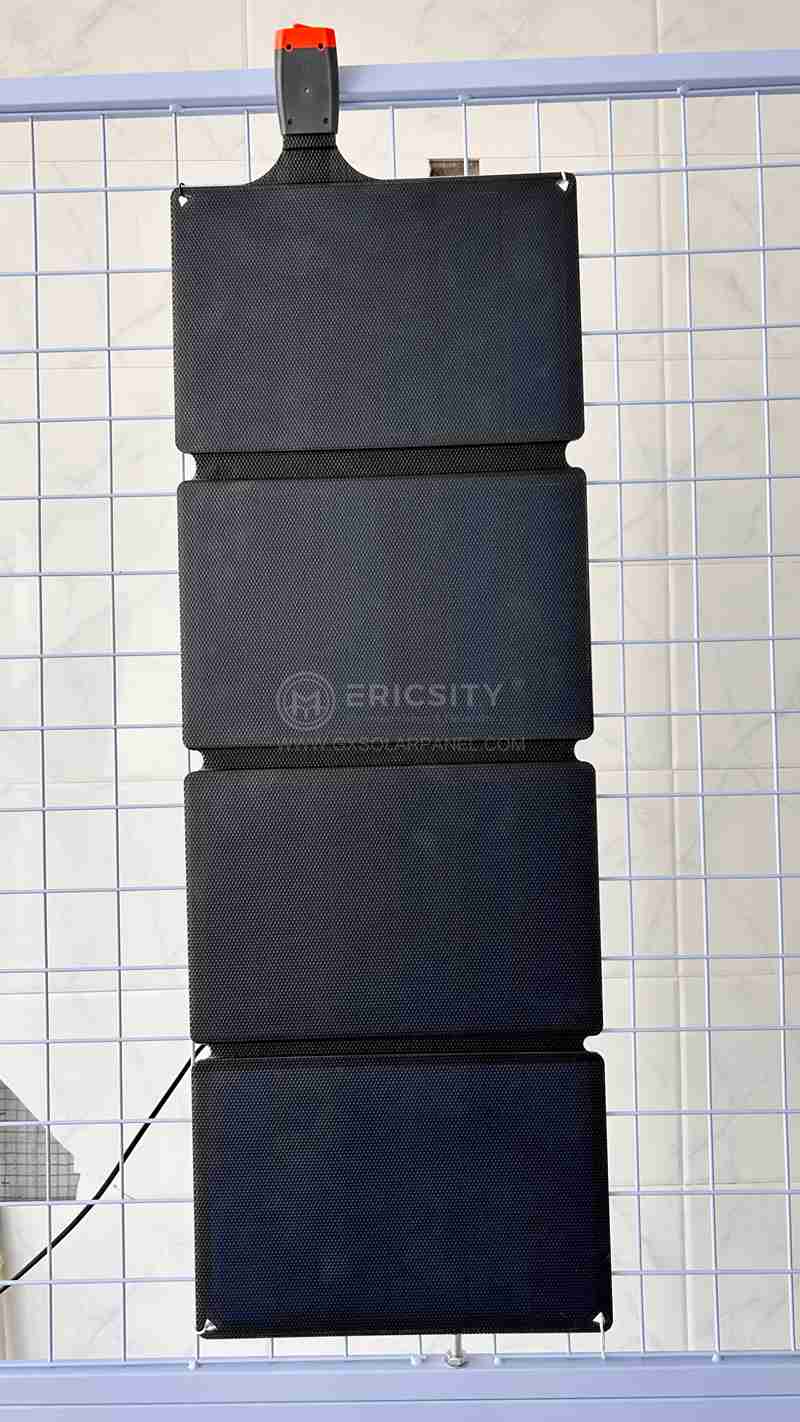HOT PRODUCT
Product Details
Thin And Mighty: A Guide To Slim Flexible Solar Panels
Thin And Mighty: A Guide To Slim Flexible Solar Panels
Solar power has revolutionized the way we harness energy from the sun. Traditionally, solar panels were rigid and bulky, often limiting their applications. However, advancements in technology have led to the development of slim and flexible solar panels, offering a range of benefits and expanding the possibilities for renewable energy generation. In this article, we will explore the advantages, applications, and future prospects of these innovative solar panels.
1. Advantages of Slim Flexible Solar Panels
One of the key advantages of slim flexible solar panels is their lightweight and portable nature. Unlike traditional panels, which require heavy mounting structures, these panels can be easily rolled up, making them perfect for on-the-go energy generation. Their flexibility also allows for easy installation on irregular or curved surfaces, making them ideal for various applications.
Another benefit is their enhanced durability. Traditional panels are fragile and prone to damage, especially during transportation or extreme weather conditions. In contrast, slim flexible panels are made from highly durable materials, such as thin-film photovoltaic cells, which can withstand bending and impacts. This durability greatly improves their lifespan and reduces maintenance costs.
2. Applications of Slim Flexible Solar Panels

a. Outdoor Adventures: Whether you’re camping, hiking, or engaging in other outdoor activities, slim flexible solar panels can provide a convenient source of power. With their lightweight design, you can easily carry them and charge your devices anywhere, keeping your smartphones, cameras, and portable electronics powered up.
b. Mobile Applications: The transport industry can benefit greatly from slim flexible solar panels. Electric vehicles and hybrid cars can integrate these panels on their roofs to generate electricity and extend their driving range. Additionally, public transportation systems can utilize solar power to reduce their carbon footprint and enhance their energy efficiency.
c. Building Integration: Incorporating solar panels into building structures is now easier with slim flexible panels. They can be seamlessly integrated into windows, facades, and even roofing materials. This architectural integration promotes sustainable building practices and reduces the reliance on conventional energy sources.

d. Remote Power Generation: In remote areas or during emergencies, slim flexible solar panels can provide a reliable source of power. They can be deployed quickly and easily, offering essential electricity for charging batteries, powering communication devices, or even lighting up temporary shelters.

3. Future Prospects
The future looks promising for slim flexible solar panels. Ongoing research and development aim to further improve their efficiency, making them even more competitive with traditional solar panels. As the demand for renewable energy increases, these panels have the potential to become an integral part of our energy infrastructure.
Additionally, advancements in manufacturing techniques are driving down the production costs of slim flexible panels, making them more accessible and affordable for consumers. This affordability will contribute to the wider adoption of solar power, paving the way for a greener and more sustainable future.
In conclusion, slim flexible solar panels offer a wide range of advantages and applications in various industries. Their lightweight design, durability, and ease of installation make them a versatile choice for generating renewable energy. As technology continues to advance and costs decrease, these panels will play an increasingly prominent role in our quest for a cleaner and more efficient energy system.




